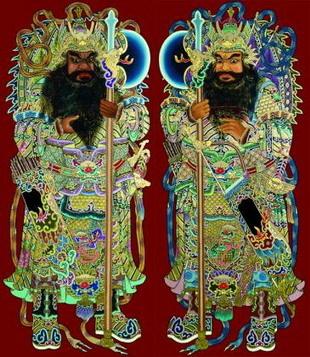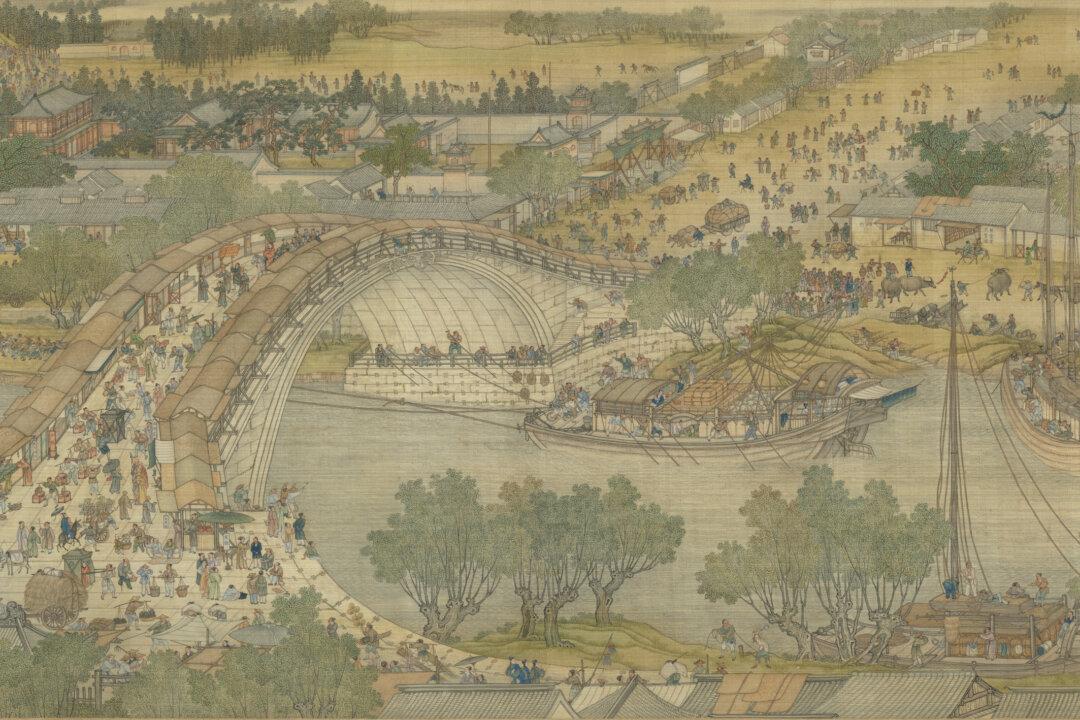In regard to Chinese New Year decorations, one of the most important is the antithetical couplet posted in red on both sides of the main entrance to a building, yard, house, pavilion, temple, or apartment.
Chinese couplets (對聯, duì lián) are usually a pair of successive lines of verse, especially a pair that rhyme, and the number of characters in each line is the same. The structure is very strict and well-defined.
The first line is the “head” and the second line is the “tail.” In a couplet, a balance must be found between head and tail, between each character in one and the usually contrasting character in the same position in the other, and in tone, rhyme, and meaning.
A horizontal streamer (橫披, hénɡ pī), which normally has four characters, is added above the entrance and between the two vertical streamers to indicate the theme of the couplets.
Chinese antithetical couplets are used for many special occasions, such as Chinese New Year, weddings, funerals, birthdays, house-warmings, and the like. Instructing with the couplet style was an important teaching method in Chinese history. They are also considered an important cultural heritage.
A Chinese Folk Tradition





